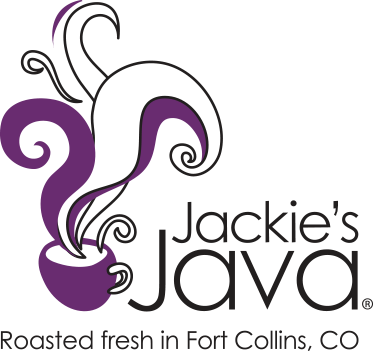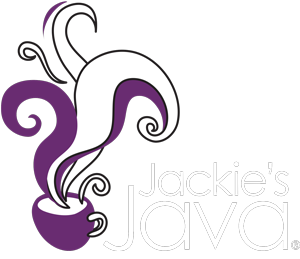
What makes our coffee great: Our decaf process
 Today, 12% of coffee consumption around the world is decaf coffee. But have you ever wondered why your decaf doesn’t taste as good as regular coffee? That’s because you can’t grow decaffeinated coffee beans, the caffeine has to be removed through a process that often uses chemicals. It’s also impossible to buy decaffeinated beans directly from farmers, making it more expensive to get decaf beans. As a coffee roaster, we not only care about where our beans come from but also the processes the beans go through before they reach our Roastery. The process we use is chemical-free and aims at retaining the flavor of the beans as well as being healthy for our customers.
Today, 12% of coffee consumption around the world is decaf coffee. But have you ever wondered why your decaf doesn’t taste as good as regular coffee? That’s because you can’t grow decaffeinated coffee beans, the caffeine has to be removed through a process that often uses chemicals. It’s also impossible to buy decaffeinated beans directly from farmers, making it more expensive to get decaf beans. As a coffee roaster, we not only care about where our beans come from but also the processes the beans go through before they reach our Roastery. The process we use is chemical-free and aims at retaining the flavor of the beans as well as being healthy for our customers.
Our Process
We use the water process to decaffeinate our coffees. This process cannot be done at origin (where the coffee grows), so we ship these beans to Canada for the beans to be decaffeinated. Then, the beans are shipped to a coffee broker in the U.S. and we buy from the broker.
- The green (or un-roasted) coffee beans are placed in a water bath.
- The caffeine from the green coffee beans, looking to create equilibrium, pass through the cell walls and into the water bath. (Remember osmosis from middle school science?)
- The water now holds half the caffeine that was originally stored in the coffee beans and the water bath is balanced. (half caffeine still in the beans, half caffeine in the water). The water then passes through carbon filters which trap the caffeine molecules and are removed from the water.
- The coffee is then submerged back into the water (now caffeine free) and the process begins again. This process is repeated for hours until a minimum of 97% of the caffeine is extracted.
“I have been enjoying Jackie’s Java since I discovered
-Amie Lenderink, Facebook
Their Process
Many big coffee roasters, like Starbucks, uses a chemical called methylene chloride to decaffeinate the coffee (Starbucks does use the water process in one of their decafs now). This is a common method because it is cheaper since this process can be done at origin, so there are no transportation costs involved.
In this process, instead of soaking in a water bath, the coffee beans soak in a bath of chemicals. The chemicals attach to the caffeine molecules and they are removed from the bean. Then, the chemicals are evaporated out of the bin and the beans are washed to remove excess chemical residue. This process is also repeated many times.
Methylene chloride is also used to remove paint, clean metal, and it is used in pharmaceutical manufacturing. It is considered an occupational carcinogen, meaning that exposure to it often occurs in a work setting and it is dangerous to the worker’s health.
We have always used the water process because we don’t believe using chemicals is safe or necessary in the decaffeination process. Roasters who use this method claim there is no residual chemicals in the beans and that it is all burned off in the roasting process. But Jackie says she can taste the difference between water processed beans and chemically processed beans, and that’s why we refuse to buy them. We’d rather pay more for beans that were processed in a safe and natural way and preserve the wonderful taste each bean has.
Fun Facts about Decaf
- Caffeine extracted from coffee beans and tea is put into soda, that’s how soda is caffeinated.
- There are about 5 milligrams of caffeine in 6 ounces of brewed decaf coffee, compared to 100-150 milligrams in caffeinated coffee.
- Decaf coffee isn’t really any better or worse for you than regular coffee. They both have healthy antioxidants that protect you against diseases. But if you don’t want the caffeine but want the coffee flavor, decaf is perfect.
- In fact, scientifically, regular coffee has multiple advantages over decaf coffee. Caffeine is known to:
- Improve mood, reaction time, memory and mental function
- Increase metabolic rate and fat burning
- Enhance athletic performance
- Reduce the risk of mild depression and suicidal thoughts in women
- Lower risk of liver cirrhosis or end-stage liver damage
- It is impossible to extract all the caffeine from coffee beans, most decafs have 94-99% of the caffeine removed. In the U.S., to be considered decaf the bean has to have at least 97% of the caffeine removed. In Europe, decaf coffee can only have .1% of caffeine left in the beans.
- Decaf still retains a lot of the health benefits that regular coffee has. Both decaf and regular coffee reduces your risk for diabetes, prostate cancer, and it’s good for your liver.
- The lethal dose of caffeine is 150 milligrams of caffeine per kilogram of your body. So for a person weighing 154 lbs., they’d need to drink about 70 cups of coffee at once to receive a lethal dose. For decaf coffee, that number jumps incredibly, so decaf drinkers don’t really have to worry about that.
Leave a comment
Comments will be approved before showing up.
Also in Blog




